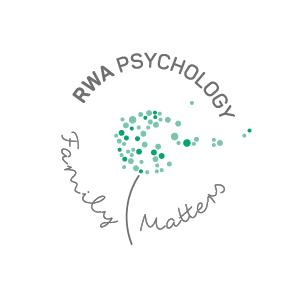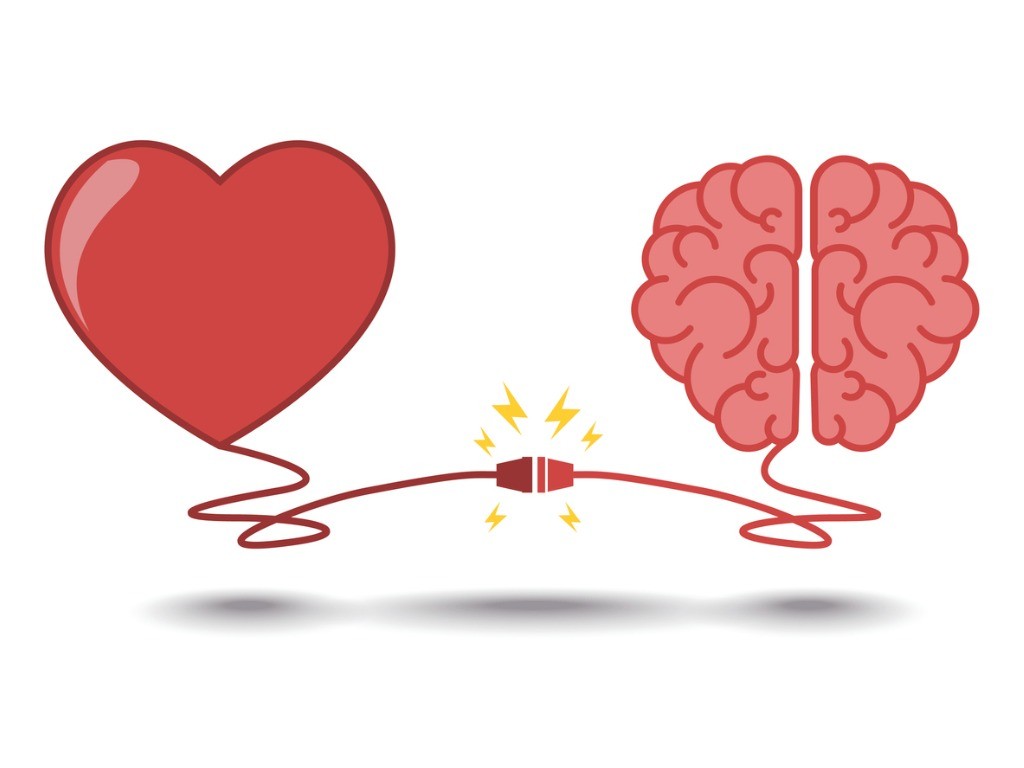Does the idea of being left on ‘read’ trigger your anxiety? Do you struggle with speaking up about what you want, or expressing your feelings when someone has done something that’s upset you? Or perhaps the whole ‘can we talk?’ leaves you feeling apprehensive, and serious conversations tend to become overwhelming and cause you to shut down.
It isn’t always easy to overcome differences and navigate conflict, but for some people, their difficulties with managing these challenges can lead to a pattern of dissatisfying, emotionally tumultuous relationships.
Attachment Theory provides some key insights into how one’s early childhood experiences with their caregivers can influence the way they navigate relationships later on in life, including how they experience emotional intimacy, their abilities to communicate their needs and feelings and understand that of their partner, and how they respond to conflict. More generally, one’s attachment style can then influence their self-esteem, their willingness to seek social support, and their potential to have secure, lasting relationships.
Types of attachment styles
All things being equal, a secure attachment style tends to have its foundation in having caregivers who provided a ‘secure base’ and a ‘safe haven’ – that is, caregivers who were consistently available, and attuned to and responsive to the child’s needs and emotions. Adults with a secure attachment style tend to feel comfortable with emotional intimacy – neither overly worried about being rejected nor preoccupied with the relationship. They are generally attuned to their partner’s feelings and needs and are comfortable with expressing their own, which provides a foundation for reciprocity and effective conflict resolution in the relationship.
Conversely, insecure attachment styles can emerge when caregivers are not able to effectively attune to and respond to a child’s emotions and needs in a consistent manner.
Adults with an anxious-preoccupied attachment style tend to feel insecure and fixated in romantic relationships, such that they feel preoccupied with fears of rejection or abandonment. These fears are associated with a hypersensitivity to others’ emotions and behaviours, and a tendency to personalise (i.e., feel responsible for) them, which can then drive excessive reassurance-seeking behaviours and an emotionally-driven approach to conflict. The intensity of these emotions and patterns can be especially amplified when the individual’s sense of self-worth is contingent upon how they are treated and perceived by others. Unfortunately, these behaviours that are aimed at finding reassurance and comfort can then be self-fulfilling and end up driving other people away.
Another type of insecure attachment is the avoidant-dismissive attachment style – one that can be born out of having caregivers who were emotionally distant, and intolerant or invalidating of expressed feelings. Adults with this attachment style may have learned early on in life that they cannot rely on others for support, and so they tend to be quite self-sufficient, independent, and uncomfortable with emotional intimacy and interdependence. Individuals with an avoidant-dismissive attachment style may experience a partner’s desire for closeness as needy or overwhelming, which can lead to them minimising or disregarding their partner’s feelings or sabotaging the relationship. It’s not necessarily that these individuals wouldn’t enjoy or thrive in deeper, more meaningful connections...they just haven’t been modelled how to foster and maintain them.
Finally, unmet childhood needs for consistency, emotional attunement, and safety – especially in the context of lengthy periods of separation from or inaccessibility of a caregiver, neglect, or childhood abuse – can result in a disorganised attachment style. Adults with this attachment style tend to experience relationships as confusing, unsettling, and threatening. They may struggle to regulate their emotions and tolerate emotional closeness, especially when unresolved trauma is triggered. While these individuals may crave the security and comfort of intimate relationships, they can also feel unworthy of being loved or terrified of being hurt again.
How therapy can help
Fortunately, it is possible to rewire and shift one’s attachment style. This process may start with identifying and understanding the ineffective coping strategies and patterns that may be driving the individual’s emotional difficulties. It can be incredibly validating to acknowledge how these coping mechanisms once served a protective function in the individual’s early life environment, before accepting that they may no longer serve the individual well in their pursuit of more fulfilling relationships. While it is important for the individual to take responsibility for their role in dysfunctional interpersonal dynamics, a lens of self-compassion and empowerment will be a better companion in this journey than feelings of shame and defectiveness.
When ready, clients may then focus on developing more effective, values-aligned ways to meet their own needs, which can also serve as a necessary precursor to improving their understanding of their partner’s needs and emotions. More specifically, this may involve building emotional intelligence and emotion regulation skills, improving verbal and non-verbal communication skills and assertiveness, shifting their automatic interpretations of others’ behaviours, and fostering a more stable, inherent sense of self-worth; sometimes, it may also be important to focus on processing any unresolved trauma.
With the foundation of a good rapport and therapeutic relationship, clients can use the therapy space to safety explore their childhood experiences and life patterns, gain insight and awareness, and go on to have corrective, satisfying experiences of relationships in which they can comfortably express their emotions and needs, establish and maintain healthier boundaries, and develop more adaptive conflict resolution skills.
References
Berry, K., & Danquah, A. (2016). Attachment‐informed therapy for adults: Towards a unifying perspective on practice. Psychology and Psychotherapy: Theory, Research and Practice, 89(1), 15-32.
Burke, E., Danquah, A., & Berry, K. (2016). A qualitative exploration of the use of attachment theory in adult psychological therapy. Clinical Psychology & Psychotherapy, 23(2), 142-154.
Obegi, J H & Berant, E, Eds. (2009) Attachment Theory and Research in Clinical Work with Adults. New York: The Guildford Press.

We've tailored the services at RWA Pyschology - Family Matters to all age groups from young children to adolescents and adults - and we have specialists in crisis, short/medium term counselling and longer term psychotherapy.
Call RWA psychology for an appointment with one of our psychologists.
